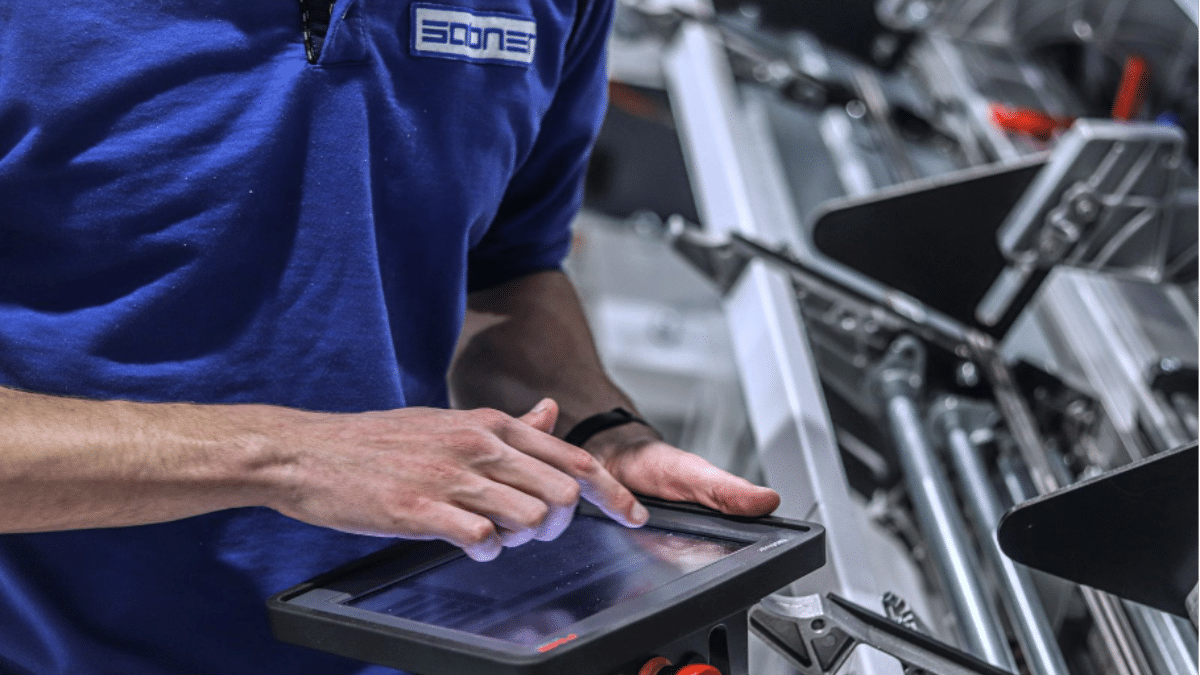Contents
- Introduction: Definition and importance of precision parts in modern life
- Materials and techniques used in precision parts: A technical insight
- Modern manufacturing: Precision parts technology and integration
- Challenges in precision parts: Quality control and cost considerations
- Solutions to the challenges of precision parts: Automation and supplier selection
Introduction: Definition and importance of precision parts in modern life
Precision parts are a cornerstone of today’s manufacturing environment. They are components designed and manufactured with high accuracy, often within micrometers or even nanometres of the specified dimension. They are vital in industries as diverse as automotive, aerospace, medical, and electronics, where a slight deviation from the designed size can lead to malfunction or failure of an entire system. In the global marketplace, the demand for such precision is constantly increasing. These parts’ economic, functional, and aesthetic aspects deeply embed themselves in our daily lives.
Materials and techniques used in precision parts: A technical insight
Manufacturers use a wide range of materials and techniques to produce precision parts. Here’s a closer look:
Materials
Depending on the application, manufacturers may use aluminum, steel, titanium, and various alloys. The choice is often based on strength, weight, corrosion resistance, and thermal conductivity. Emerging materials such as high-performance polymers and composites also find their place in precision components. These choices reflect a continuing trend towards lightweight, energy-efficient designs.
Techniques
Manufacturing precision parts requires state-of-the-art techniques:
- CNC machining: A computer-controlled process that removes material Built layer by layer, following the digital design.
- 3D printing: Also known as additive manufacturing, it builds parts layer by layer from a digital strategy.
- Traditional machining: Methods such as turning, milling, and grinding are used, often controlled by skilled machinists.
Manufacturers can drive greater efficiency and sustainability by combining new software and machine learning algorithms with traditional techniques. Continuous innovation creates new methods that offer greater control, flexibility, and accuracy.
Modern manufacturing: Precision parts technology and integration
The modern manufacturing landscape is evolving rapidly, and the integration of precision parts plays a key role. From automation and robotics to the Internet of Things (IoT) and artificial intelligence (AI), the technologies driving Industry 4.0 are intertwined with precision manufacturing. Adopting these technologies enhances the ability to track, measure and control every aspect of the manufacturing process. The harmony between precision components and modern technology demonstrates the direction in which the industry is heading.
Challenges in precision parts: Quality control and cost considerations
Quality control in the manufacture of precision parts is a multi-faceted challenge. It involves dimensional accuracy, structural integrity, surface finish, and material properties. Methods such as coordinate measuring machines (CMMs), optical metrology, and non-destructive testing (NDT) ensure the highest quality. The global supply chain adds to the complexity of providing quality at various manufacturing stages. Therefore, monitoring and control technologies innovations are essential to keep pace with ever-increasing standards.
Solutions to the challenges of precision parts: Automation and supplier selection
Automation and supplier selection are vital to overcoming these challenges. Automated systems, driven by AI and real-time data analysis, can reduce human error and improve efficiency. On the supplier side, a thorough assessment of capabilities, quality certifications, and alignment with industry standards can lead to successful collaboration. The solution landscape constantly evolves, with collaborations and partnerships playing a critical role. An emphasis on research and development and a customer-centric approach will ensure a future-ready, adaptable manufacturing environment.
The future of precision manufacturing looks promising. Continued innovation in materials science, advances in manufacturing technologies, and a shift towards sustainability and greener practices are shaping the future. Industries must embrace these changes to remain competitive, innovate, and thrive in the rapidly changing manufacturing world.

